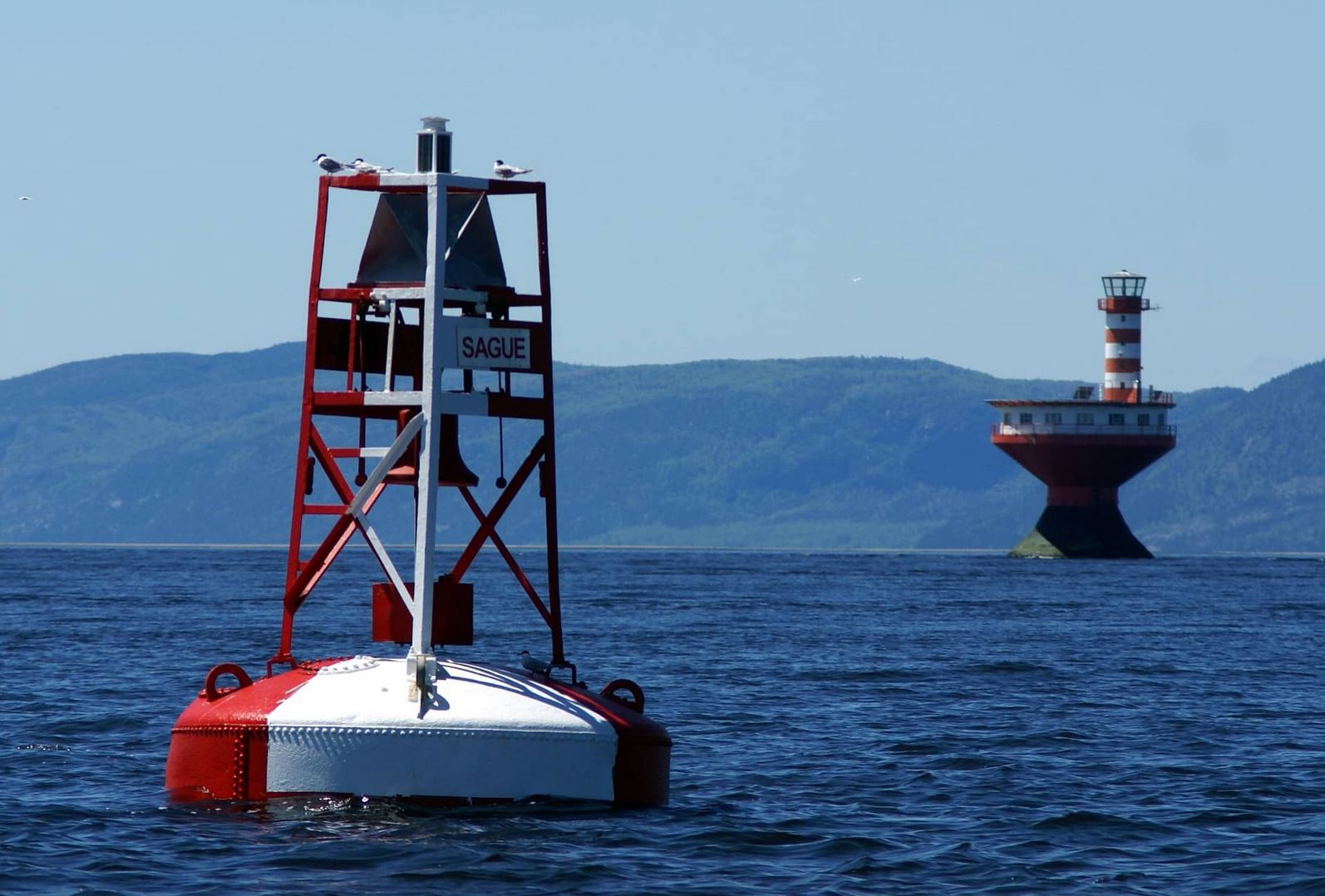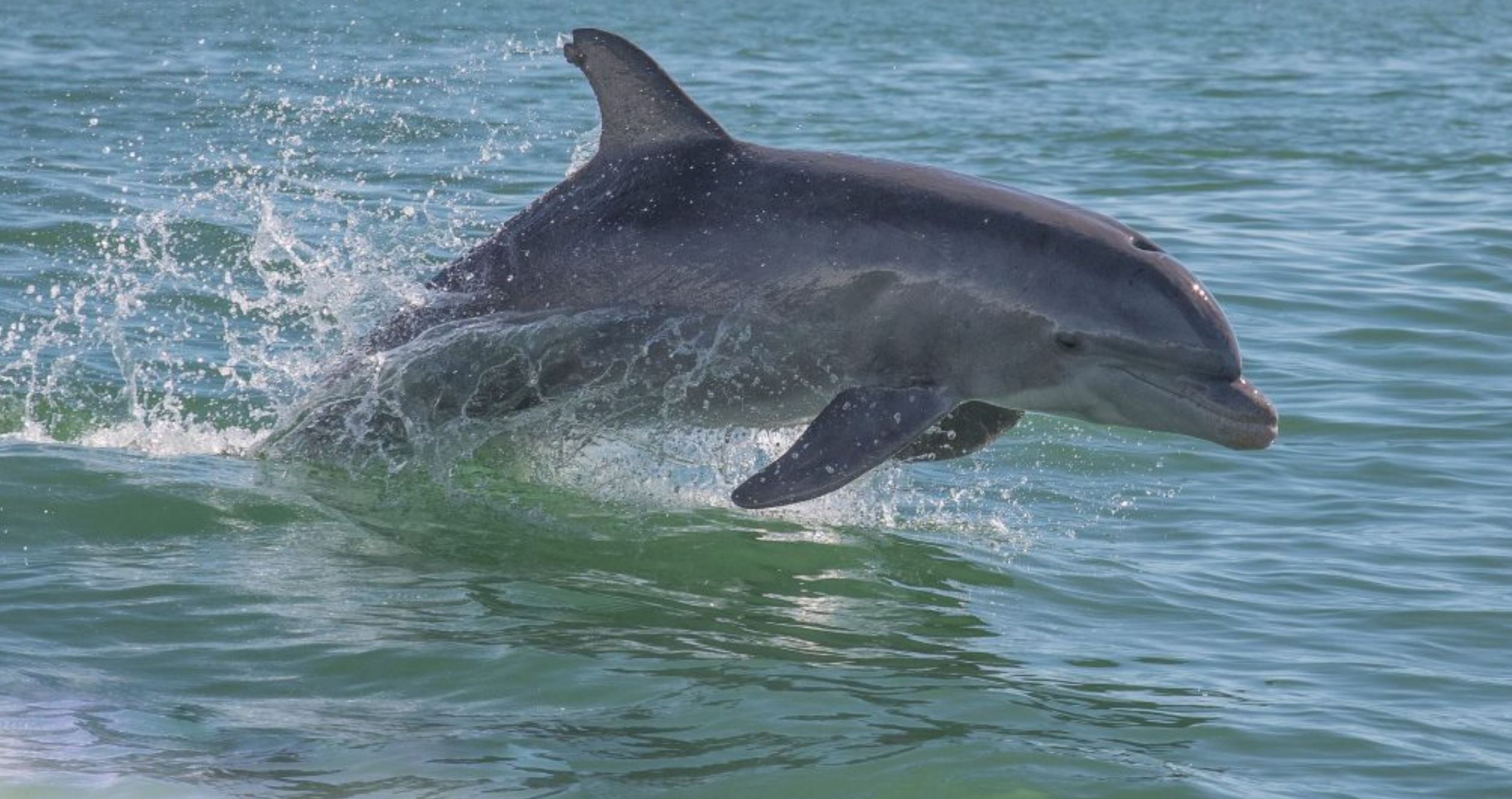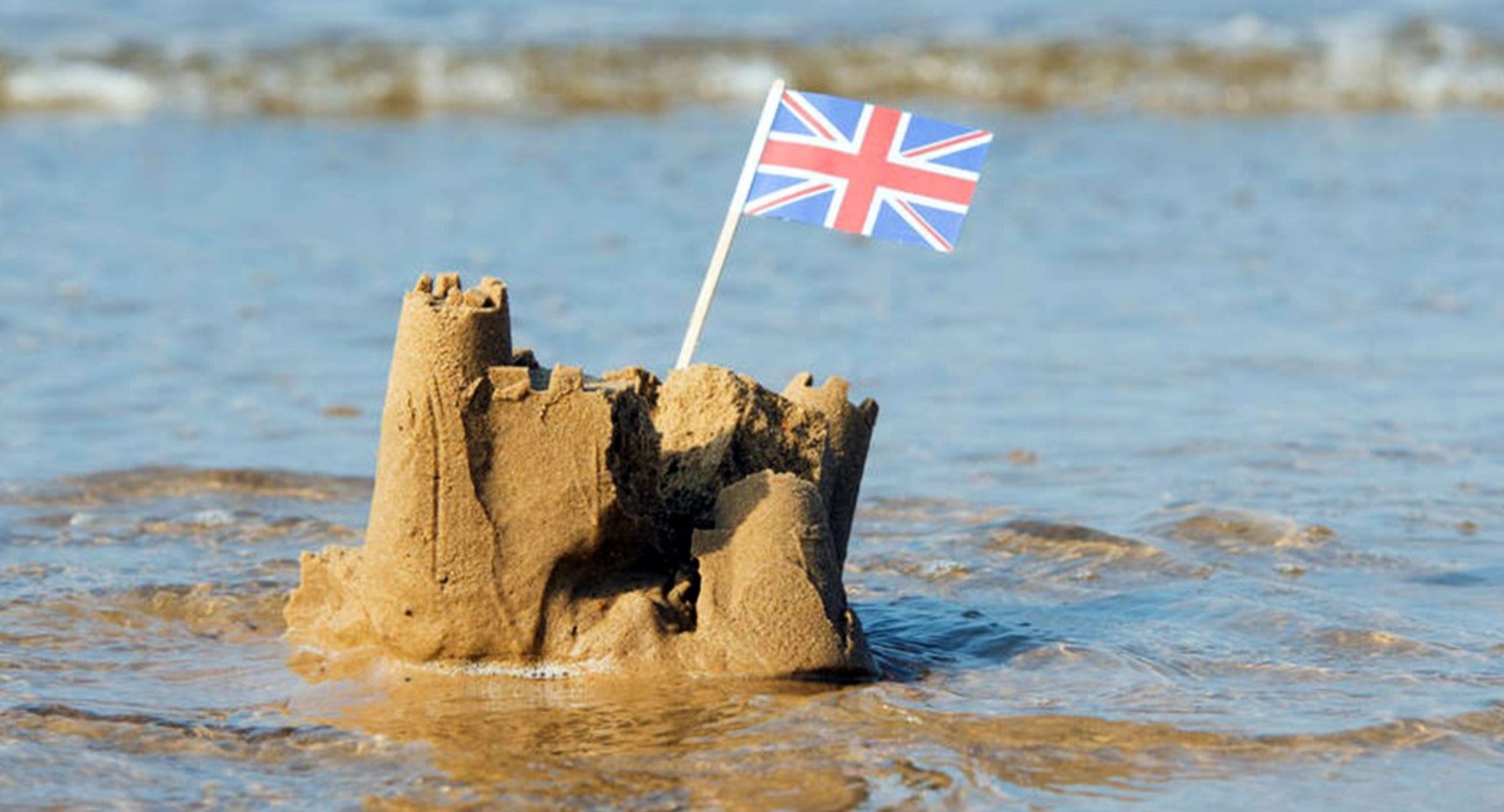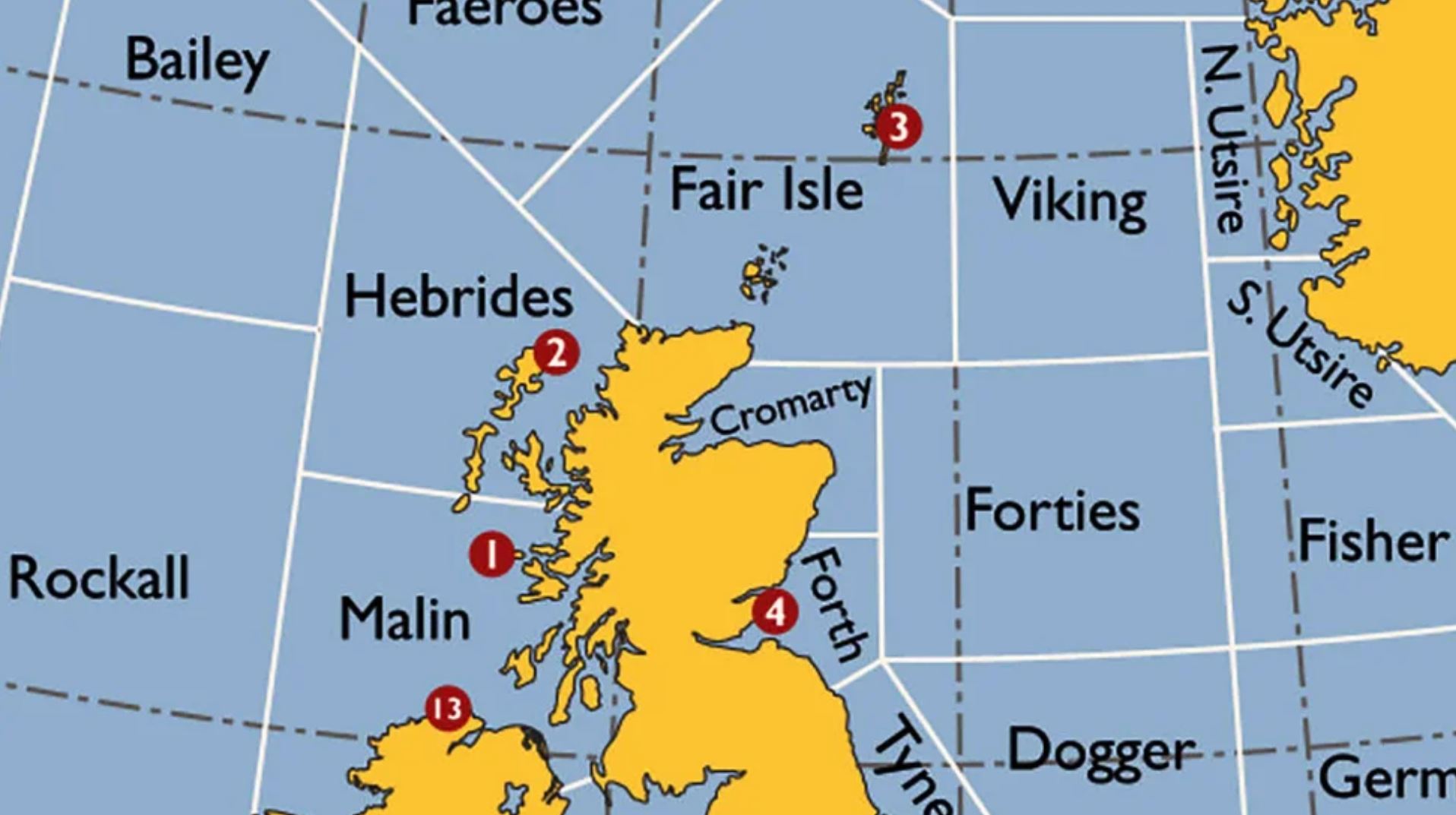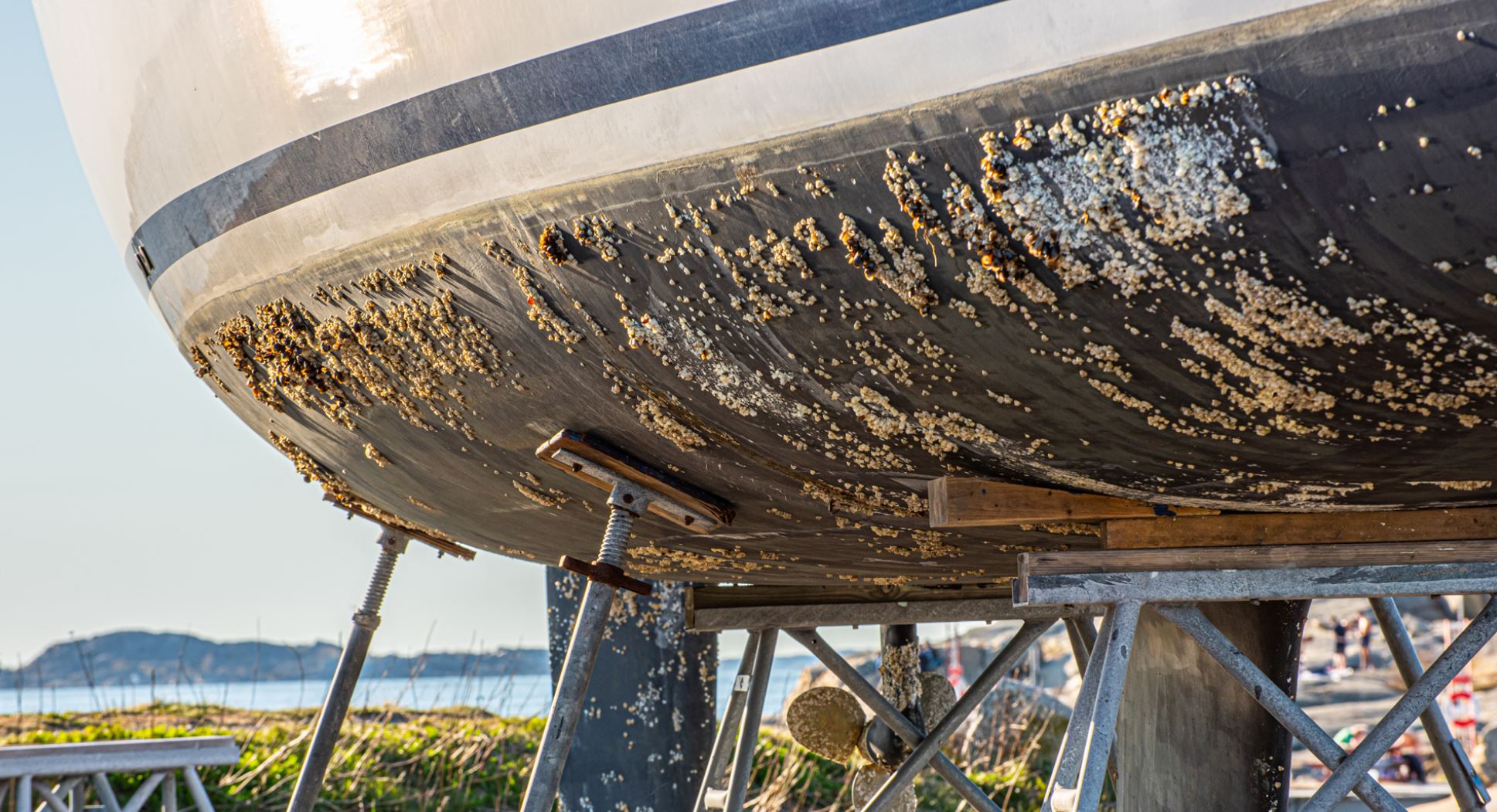Sail training theory tutorial 8: buoys and buoyage part I
While sailing coastal waters, we might see lights of different colours at night, and buoys of different shapes and colours during the daytime. With just a few differences, the light characteristics, shapes and colours will be the same all over the world. You will need to know what they mean in order to sail safely, …
Read more “Sail training theory tutorial 8: buoys and buoyage part I”
